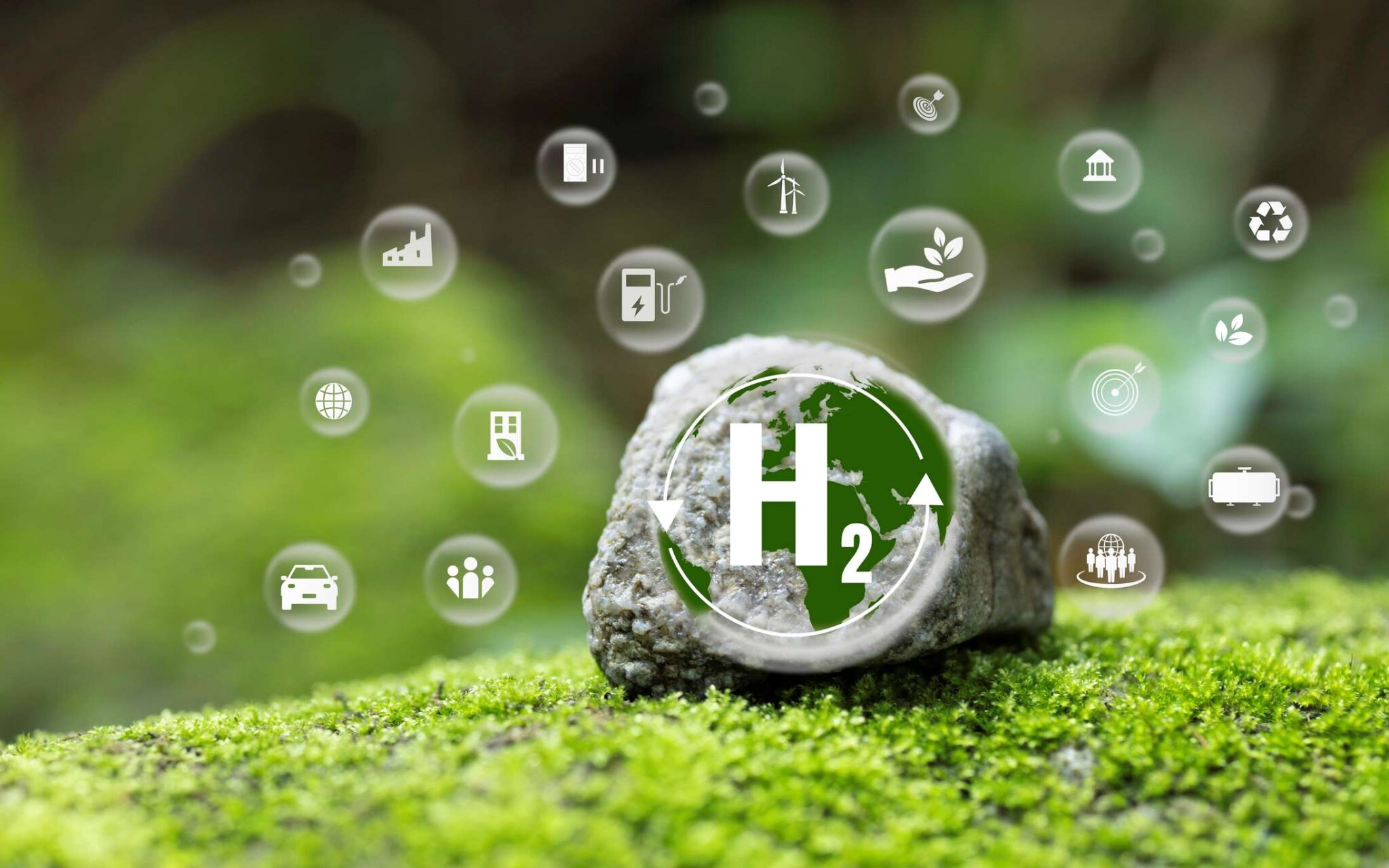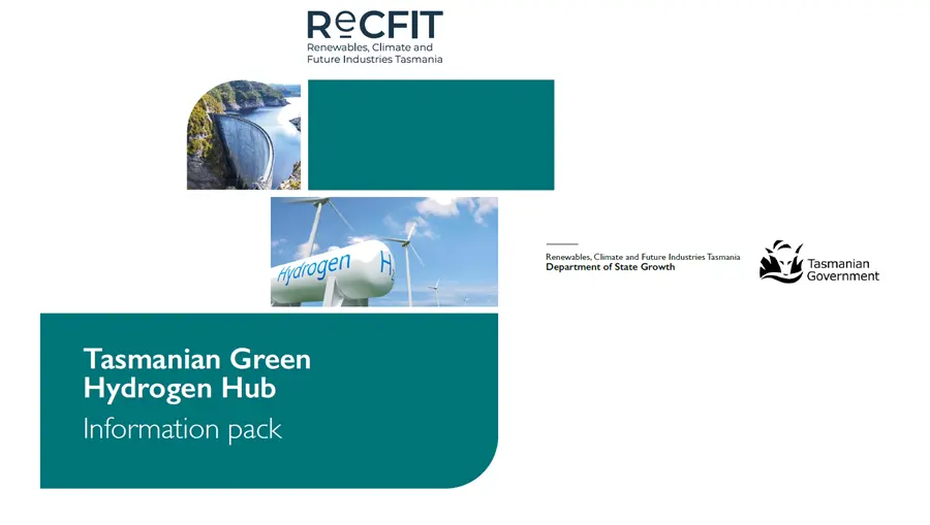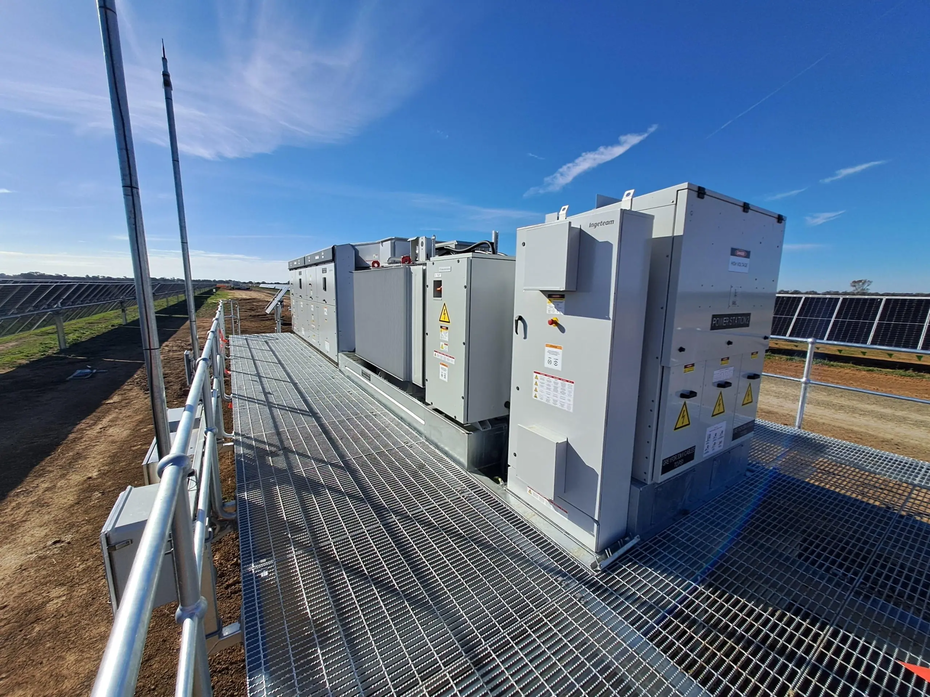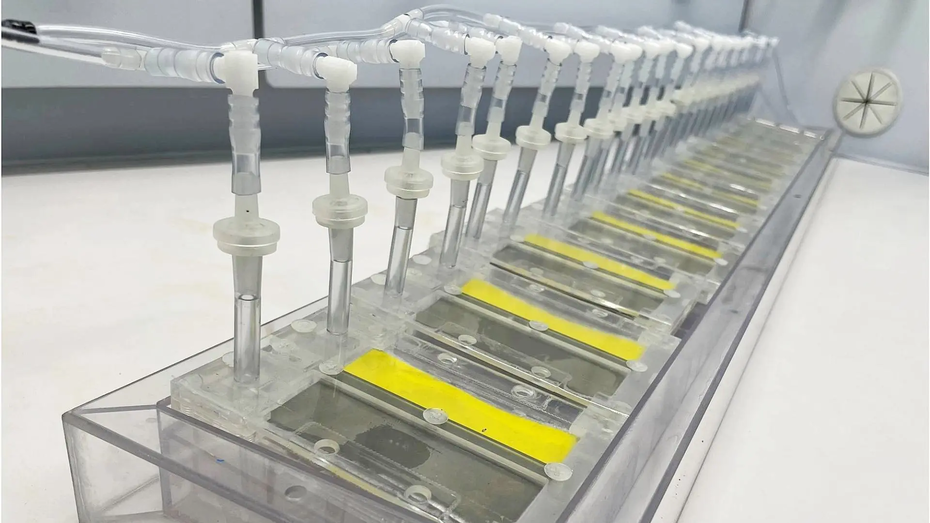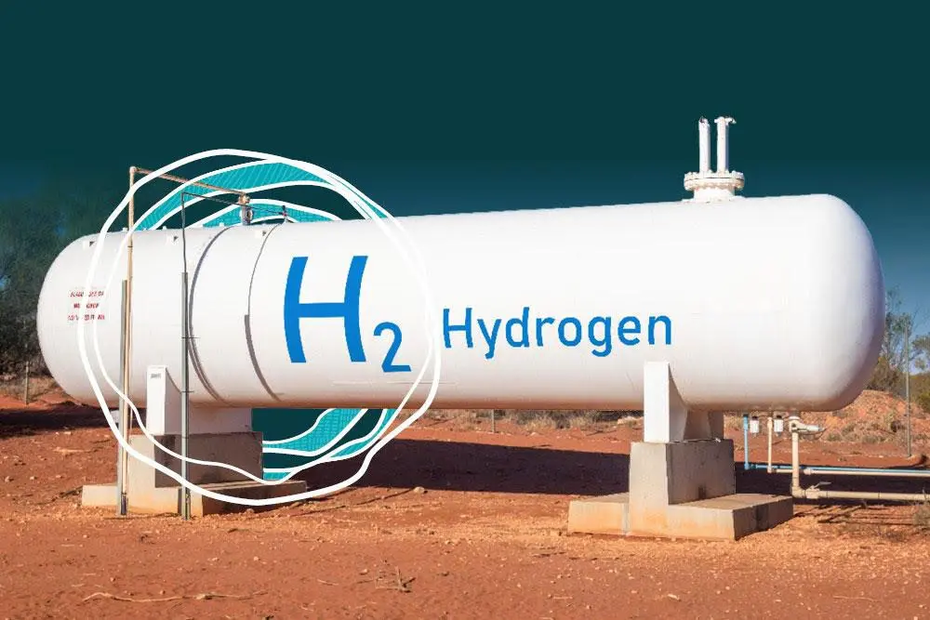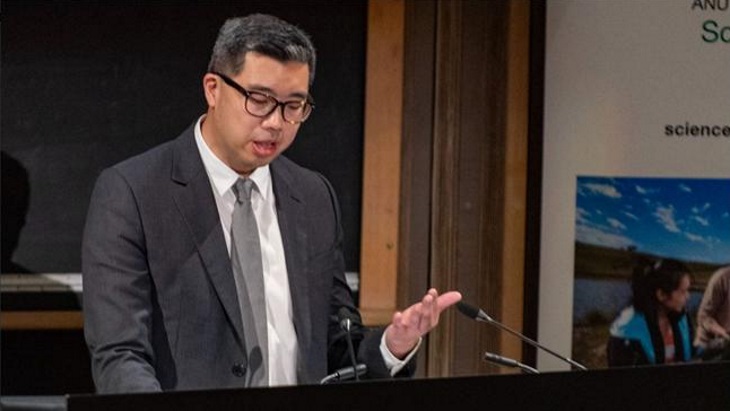 Mark Ho speaking at the Science at the Shine Dome Symposium - Power Up Australia The Sustainable Way in May, an event hosted by the Australian Academy of Science (Image; ANSTO)
Mark Ho speaking at the Science at the Shine Dome Symposium - Power Up Australia The Sustainable Way in May, an event hosted by the Australian Academy of Science (Image; ANSTO)
Australia is heavily dependent on coal for electricity, more so than any other developed country. Almost two-thirds of electricity production is derived from coal. Natural gas is increasingly used for electricity, especially in South Australia and Western Australia. After many years of low investment, there is a major challenge to build more dispatchable generating capacity. Although it is home to the 20 MWt Opal research reactor, nuclear power has been prohibited in Australia since 1998 under two Acts of Parliament: the Australian Radiation and Nuclear Safety Act and the Environment Protection and Biodiversity Conservation Act.
In a declaration yesterday, signed by ANA President Dr Mark Ho, ANA noted that nuclear energy supplies 10% of the world's electricity "safely, reliably, cleanly and economically".
"Used by 30 nations, over half the world's population, it remains illegal in Australia, although Australia’s uranium exports contribute to international power generation and Australia is a world leader in nuclear medicines and technologies," it says.
Nuclear energy would "enrich" Australia, it says, and its addition to the nation’s generation mix alongside renewables (solar, wind and hydro) "with the shared goal of decarbonisation" would achieve seven key benefits.
It would: deliver large amounts of dispatchable low-carbon electricity to the national electricity market to meet baseload demand reliably; replace over time Australia’s ageing coal fired fleet of power stations; meet and exceed Australia’s internationally committed emission reduction targets; provide reliable low-cost power for Australia’s growing needs for electric transport, hydrogen production, metals refining, new industries, water desalination and more; renew confidence in Australian industry, now sorely diminished as productive investment slows and industries close or move offshore; efficiently utilise established transmission, distribution and management assets; and create meaningful productive careers for young aspirational Australians.
To achieve these benefits, Australia needs to do nine things, the declaration says.
These are: repeal long-outdated federal and state legislation preventing its proper consideration; initiate informed public debate towards achieving social licence while acknowledging concerns of safe waste disposal and radiation protection; commit to a genuinely technology-neutral long-term energy policy; focus on affordability, reliability and sustainability, accounting for total system costs in establishing the optimal mix of low emission technologies; enhance Australia’s internationally respected nuclear regulatory regime; facilitate supportive international technology exchange linkages; invite proposals to establish the business case; enhance research and development, drawing on ANSTO's facilities and expertise; and support every level of education and training needed by emerging industries.
ANA "strongly encourages" the governments of Australia and its states and territories and industry to deliver this vision.
"We will contribute to balanced and open public education and communicate constructively with the media on the benefits of nuclear power to help Australia develop a safe, reliable and cost-effective energy sector," it adds.
ANA is an independent incorporated scientific institution made up of people from the professions, business, government and universities with an interest in nuclear topics.

